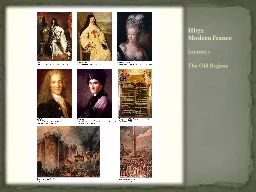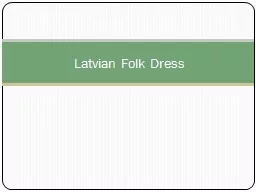PPT-18th Century
Author : mitsue-stanley | Published Date : 2016-03-02
Life in Prisons Never cleaned Infested with lice and other parasites 102 ounces of bread per week Limited water Many cells were water logged No sewers Little sanitation
Presentation Embed Code
Download Presentation
Download Presentation The PPT/PDF document "18th Century" is the property of its rightful owner. Permission is granted to download and print the materials on this website for personal, non-commercial use only, and to display it on your personal computer provided you do not modify the materials and that you retain all copyright notices contained in the materials. By downloading content from our website, you accept the terms of this agreement.
18th Century: Transcript
Download Rules Of Document
"18th Century"The content belongs to its owner. You may download and print it for personal use, without modification, and keep all copyright notices. By downloading, you agree to these terms.
Related Documents














![READ [PDF] Dearborn Modern Real Estate Practice in Texas (18th Edition) - Comprehensive](https://thumbs.docslides.com/1019758/read-pdf-dearborn-modern-real-estate-practice-in-texas-18th-edition-comprehensive.jpg)